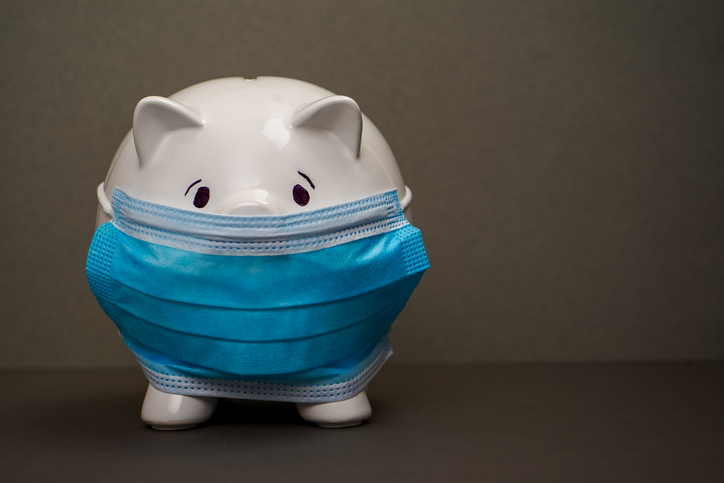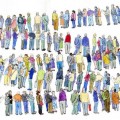Even as many governments worldwide begin to ‘reopen’ their economies after coronavirus-related shutdowns, it will be a long road to recovery. The Bank of England has predicted that the UK is facing its sharpest recession on record — in April, its economy shrank by 20.4%. For those graduating from art school this summer, 2020 may seem like a particularly daunting moment to establish their artistic practise. Although the world has not seen a global pandemic for over a century, many artists working today have experienced the enormous impact of the 2008 economic crisis. Here, we speak to three practising artists who share how they navigated the challenges of the last recession, and the advice they would offer to the class of 2020.
Collaboration
In moments of crisis it is more than natural to develop a competitive mindset, but collaboration has been a crucial tool for each of our three artists in overcoming challenges.
Anna is a visual and performance artist based in London. After she became self-employed in 2005, she combined her creative practise with working as an arts project manager, a role which led to a wide network of contacts. Throughout her career she has sought to help and connect others, and feels that it is vital for artists to work together to build a creative support network. As the 2008 economic crisis hit, she found that project management vacancies became scarcer, but the contacts in her network shared other opportunities such as public commissions, allowing her to develop and rely more on her creative practise. During the current crisis, she has joined with four other artists to form a syndicate that is sharing the proceeds of any successful grant applications equally.
Margate-based artist Jennifer Hooper is also taking part in a collaborative response to the COVID-19 crisis. The Artist Support Pledge is an Instagram-based campaign created by the artist Matthew Burroughs. Using the hashtag #artistsupportpledge, artists offer artworks for sale upto the value of £200, pledging in turn to spend £200 on another artist’s work each time that they reach £1,000 of sales. For Jennifer, the initiative is a fantastic opportunity to support other artists, and to create community in a time of uncertainty and adversity.
Diversification
Each of the artists whom we interviewed stressed the importance of diversification, using the creative tools developed as an artist to provide alternative and multiple income streams to support their creative practise.
Like Anna, west Cornwall-based artist Sovay Berriman experienced the sharp downturn in publicly funded opportunities caused by post-2008 austerity measures. In 2014, she turned to crowdfunding to finance a project that took her to the Mongolian Gobi and Australian outback. Her experience of these harsh desert environments, and interactions with their inhabitants, inspired Sovay to develop new skills that could have a practical impact on the world. After returning to the UK she re-trained as a plumber, and now supports her artistic practise through her plumbing business, PlumbMaid. Alongside financial stability, Sovay finds the interactions with those whom she meets through her work grounding and inspiring.
Resilience
Throughout their careers, artists can face many challenges, both economic and creative. Although these can seem daunting, both Sovay and Jennifer stressed the joy that the creative process provides for those who stick with their practise. ‘I think that all artists at some point face the challenge of confidence and drive,’ Jennifer shares, ‘but I’ve found that nagging doubts about ability, or the value of the work, can be overridden through the joy of creation.’ For Sovay, ‘Being an artist is a wonderful thing, and when I am making I feel most alive. It is hard work, but it is possible!’
Further reading:







